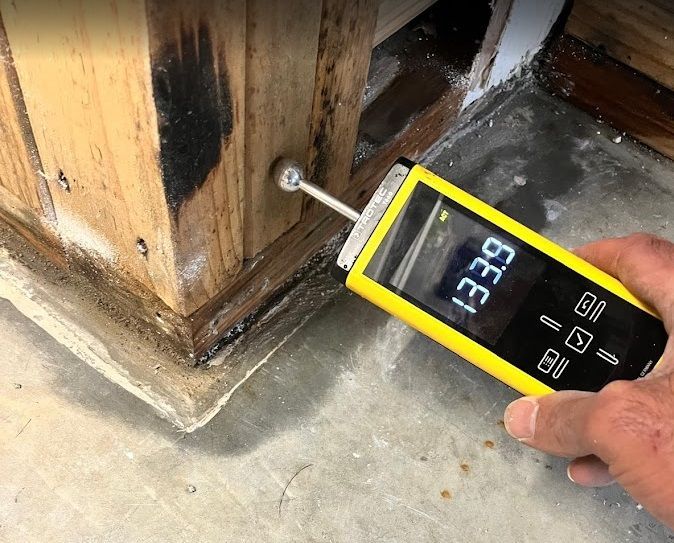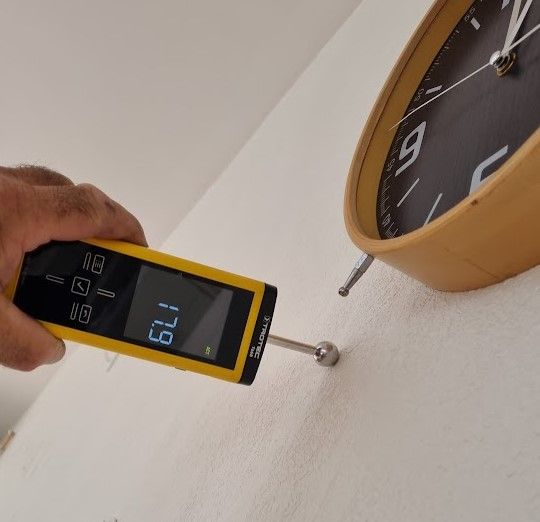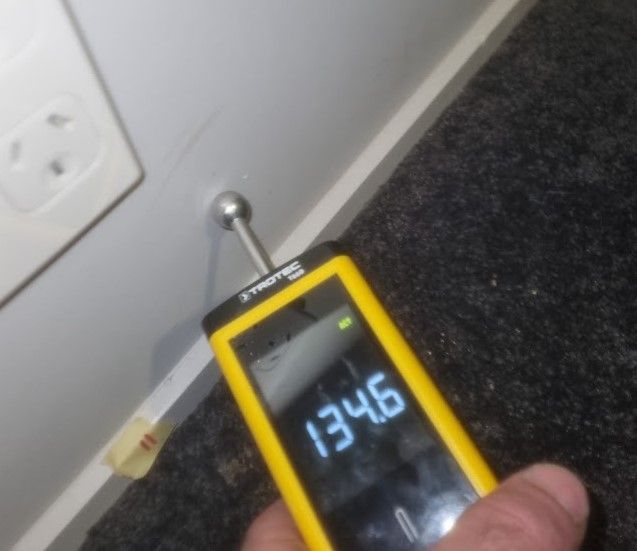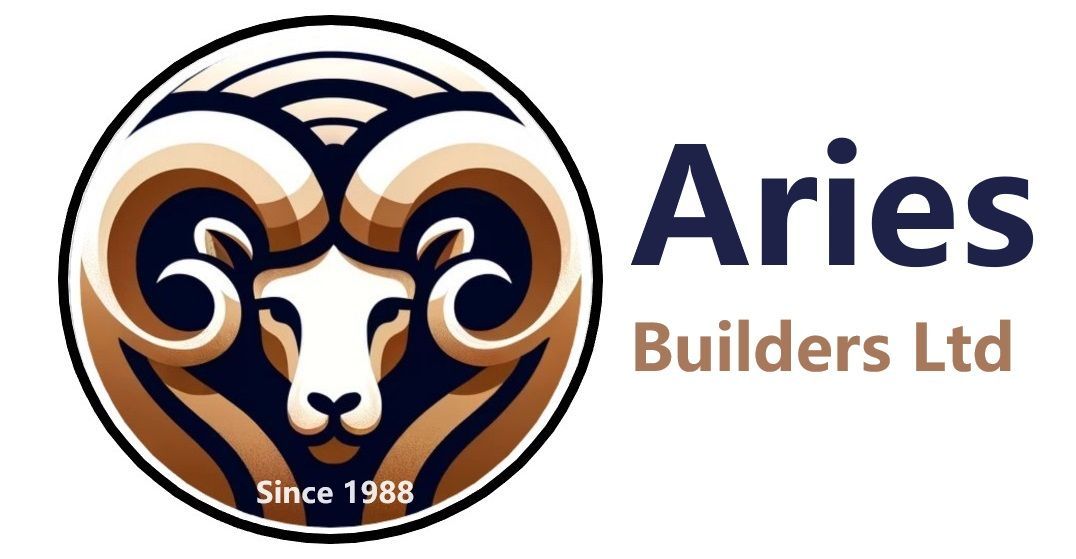Using the Trotec T660 Moisture Meter – Aries Builders Guide
At Aries Builders, we only use tools we can trust — and the
Trotec T660 Moisture Meter is one of them.
Manufactured in
Germany, the T660 is built to the precision standards the Trotec brand is known for. It’s widely recognised across the building and restoration industries as a
reliable, industry-standard moisture detection tool. Designed for professional use, it delivers accurate readings without damaging the surface being tested.
This isn’t just a handy gadget — it’s a piece of professional diagnostic equipment that allows us to pinpoint moisture issues early, saving time, money, and unnecessary guesswork.

Why We Use the Trotec T660
The T660 is a non-destructive moisture meter — meaning no drilling, cutting, or damage to surfaces.
- Made in Germany for precision and durability.
- Trusted by building surveyors, restoration specialists, and construction professionals worldwide.
- Works on plasterboard, timber, blockwork, and concrete.
- Measures moisture up to 40mm below the surface.
Taking a Baseline (Datum Point)
Before we check for dampness, we always start with a dry reference reading:
- Allow the metre to calibrate once turned on.
- Find a known dry area – typically an internal wall with no plumbing or exterior exposure.
- Place the meter flat against the surface.
- Record the reading – this becomes your baseline (datum point).
This step ensures we’re comparing all other readings to an accurate starting point for that specific building.


Understanding the Readings
Once we have a baseline, we compare it with readings from other areas:
Reading (Digits)Condition
0–40 Dry
+40 above baseline Damp – investigate further
+80 above baseline Wet – likely saturation, serious risk to bonding of plasterboard or man-made timber products
Best Practice for Using the Meter
- Keep it flat – ensure full contact with the surface.
- Check multiple points – moisture can spread beyond the visible area.
- Avoid metal fixings – these can give false readings.
- Work in a logical sequence – so no spots are missed.
- Log results – note location, date, and readings for an accurate moisture map.

Why We Take Datum Points
Different materials have different “normal” readings
Concrete, block, timber, and plasterboard each respond differently to the meter’s signal. For example, a dry concrete wall may naturally read higher than a dry plasterboard wall, so relying on the raw number alone can be misleading.
Environmental factors change results
Temperature, humidity, and material density all affect readings. A dry concrete wall in winter may show a different value than the same wall in summer.
Datum points make results meaningful
By taking a reading from a
known dry area on the same material in the same building, we establish a baseline. Every other reading is compared to that baseline, so we can accurately identify areas that are damp or saturated.
Aries Builders Best Practice for Moisture Testing
- Always take a datum point for every type of material being tested on a job.
- If testing multiple materials in the same room (e.g., concrete and plasterboard), take a separate dry reference reading for each.
- Compare all results against the correct baseline — never against a generic “one size fits all” number.
By following this method, our moisture testing is precise, consistent, and trusted across the building industry. It’s one of the reasons insurance companies, property managers, and homeowners choose Aries Builders for accurate building moisture inspections.
Why We Choose a Non-Destructive Meter (Like the Trotec T660)
When testing within finished homes—where surfaces are painted, wallpapered, or otherwise protected—we rely on the Trotec T660 non-destructive moisture meter. This type of pinless meter uses electromagnetic waves to scan surfaces up to ~40 mm deep, delivering quick readings without damaging finishes. It’s especially effective for sweeping across walls, floors, and ceilings without leaving any trace.
The Role of Pin-Type (Two-Prong) Meters
Pin-type moisture meters, which measure electrical resistance by inserting probes into the material, are more precise for raw materials—especially unprotected timber. They excel at pinpointing moisture content at specific depths.
However, they leave small marks, making them less suitable for finished or delicate surfaces. Plus, their readings are strictly localized, whereas non‑destructive meters offer faster scans across larger areas.
Why Both Tools Matter—But We Lean on Pinless for Homes
- Non-destructive meters like the T660 allow us to scan wide surfaces quickly, without disturbing interior finishes. That efficiency and care are central to our approach in residential settings.
- Pin-type meters remain useful when we’re working with exposed or raw materials and need exact moisture levels.
- By combining both tools, we ensure maximum accuracy while preserving our clients’ home interiors.

